If you’re a guy who trains hard and takes your recovery seriously, you’ve probably popped a couple of Advil after a brutal workout. Maybe your knees were aching after squats. Or maybe your shoulders felt torched after a heavy bench day. Whatever the reason, non-steroidal anti-inflammatory drugs (NSAIDs) like ibuprofen, naproxen, and aspirin have become staples in a lot of guys’ gym routines.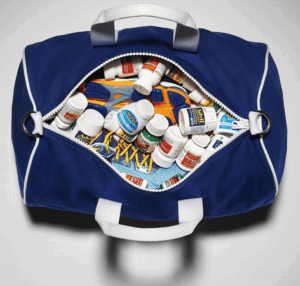
But here’s the kicker: while these pills might take the edge off your soreness, they could be quietly undermining the very thing you’re working so hard for – muscle growth and performance.
As a holistic health coach, I see stuff like this all the time. Guys chase results, feel some pain, and instinctively look for something to “fix” it. But in our search for quick recovery and comfort, we often forget a fundamental truth: there’s no free lunch in nature. When you artificially suppress the body’s recovery signals, you might just be muting the growth process too.
What Are NSAIDs, and Why Do Guys Use Them So Much?
NSAIDs are widely available, cheap, and effective – at least in the short term. They work by reducing inflammation and pain by inhibiting enzymes called COX-1 and COX-2. These enzymes help produce prostaglandins, which are involved in inflammation, pain, and fever.
Sounds helpful, right?
Sure – if you’re dealing with a sprained ankle or trying to push through a business meeting without being distracted by a pounding headache. But if you’re reaching for NSAIDs after every training session, you might want to rethink your approach.
Because inflammation isn’t always the enemy.
In fact, when it comes to building muscle, strength, and resilience, inflammation is a key player. Your body doesn’t grow stronger by avoiding stress – it grows stronger by responding to it.
How Muscle Grows: Pain, Progress, and the Role of Inflammation
Here’s the basic chain of events when you lift: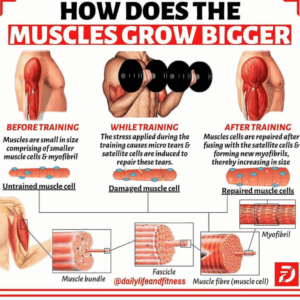
- You stress your muscles through training, especially under heavy loads and eccentric movements.
- This stress causes microscopic tears in the muscle fibers.
- The body responds with inflammation to clean up damage and begin repair.
- Repair signals activate satellite cells, which fuse to muscle fibers and trigger hypertrophy (growth).
- Over time, you get stronger, leaner, and more capable.
If you take NSAIDs too early in this process, you may interrupt those inflammatory signals. You’re essentially cutting off the body’s internal alert system before it has a chance to mobilize recovery forces.
That means less stimulus for adaptation… and potentially, less growth.
What the Research Says: The Nuance Is Important
Let’s get into the science.
Short-Term NSAID Use Might Not Kill Gains (But It’s Not That Simple)
Some studies show that short-term and/or occasional NSAID use doesn’t significantly hinder muscle growth in recreationally active people. For instance, a few trials in adults found that 400mg of ibuprofen didn’t dramatically affect strength or hypertrophy over 6-8 weeks.
Sounds like a green light, right?
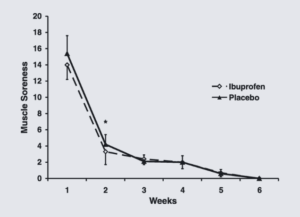
Not so fast. These studies were:
- Short in duration
- Conducted in non-athletes or older adults
- Focused on muscle size or basic strength tests
- Not concerned with longer-term tissue health, hormone response, or joint stability
Also, most guys reading this are likely not just trying to “not lose muscle” – they’re trying to actually build it, and build it intelligently over time. That’s a different standard.
High Doses and Long-Term Use? That’s Where It Gets Risky
One study in Acta Physiologica found that high doses of NSAIDs significantly blunted muscle hypertrophy and strength gains in young men who were resistance training regularly. In contrast, lower doses didn’t show this effect.
This matters. Because in real life, most men who reach for NSAIDs don’t just take one or two – they unfortunately pop them like Skittles, day after day, especially if they’re pushing through a nagging injury or high-volume phase.
And the risks aren’t limited to muscle gains.
Costs of Chronic NSAID Use
When you use NSAIDs regularly, especially around training, you’re not just dulling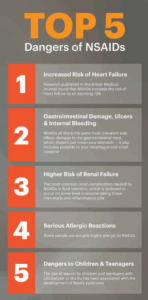 soreness. You could be:
soreness. You could be:
- Delaying tendon and ligament repair: NSAIDs interfere with collagen synthesis and slow healing in connective tissue.
- Disrupting gut integrity: NSAIDs can increase intestinal permeability, also known as “leaky gut,” which may worsen systemic inflammation over time.
- Suppressing testosterone: Some evidence suggests chronic NSAID use may affect hormone production, including testosterone, your most important anabolic hormone as a man.
- Increasing cardiovascular risk: Long-term NSAID use is associated with elevated blood pressure and increased heart attack and stroke risk, particularly with COX-2 inhibitors.
None of these effects show up immediately, but they compound. If you care about staying lean, strong, mobile, and… alive into your 40s, 50s, and beyond, this matters.
Why We Keep Reaching for the Pills Anyway
We’re conditioned to think pain is bad. That soreness = something’s wrong. But this is where mindset matters.
In men’s health, we need to start framing discomfort differently.
Pain after training isn’t always a problem – it’s often a signal that your body is doing exactly what it’s supposed to. You just pushed your limits, and now your system is responding. If your instinct is to shut that response down with drugs, ask yourself: Are you optimizing… or just avoiding?
The Better Way to Recover
If you’re serious about results, here’s what smart recovery looks like:
Sleep Like It’s Your Job
Deep, uninterrupted sleep is when most muscle repair and growth happen. Aim for 7–9 hours of high-quality sleep, and make your bedroom a cold, dark, tech-free sanctuary.
Use Cold (Wisely)
Cold plunges and contrast showers can reduce inflammation without halting adaptation, especially if used 4-6 hours after training. Avoid immediate post-lift ice baths unless you’re prioritizing short-term recovery over long-term growth.
Eat Anti-Inflammatory, Pro-Recovery Foods
Include:
- Wild salmon, grass-fed meats
- Leafy greens, turmeric, ginger
- Magnesium-rich foods (pumpkin seeds, dark chocolate)
- Bone broth for collagen and gut support
Try Natural Anti-Inflammatories
Curcumin, CBD, resveratrol, and omega-3s can help reduce pain and inflammation without blunting adaptation. Think of these as tools that support recovery rather than suppress it.
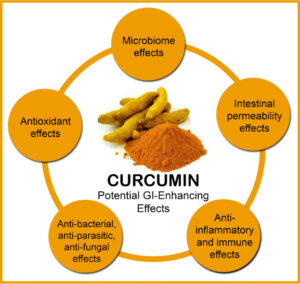
Move, Don’t Sedate
Active recovery – walking, mobility work, or light swimming – helps flush out waste, deliver nutrients, and keep your joints healthy. Better than sitting still and numbing out with pills.
Bottom Line: You Can’t Shortcut Growth
Being a man means embracing the long game. It means respecting your biology, not trying to out-hack it. Yes, pain sucks, but it’s also part of the process.
NSAIDs have a place – after injuries, surgeries, or acute inflammation. But using them as a go-to tool for post-workout soreness? That’s not strength. That’s just playing defense against your own progress.
You want a strong, lean, injury-proof body? Then train hard. Recover smart. And stop sabotaging your gains with painkillers.
Because the work you do today builds the man you’ll be tomorrow. And he deserves better than a shortcut.








